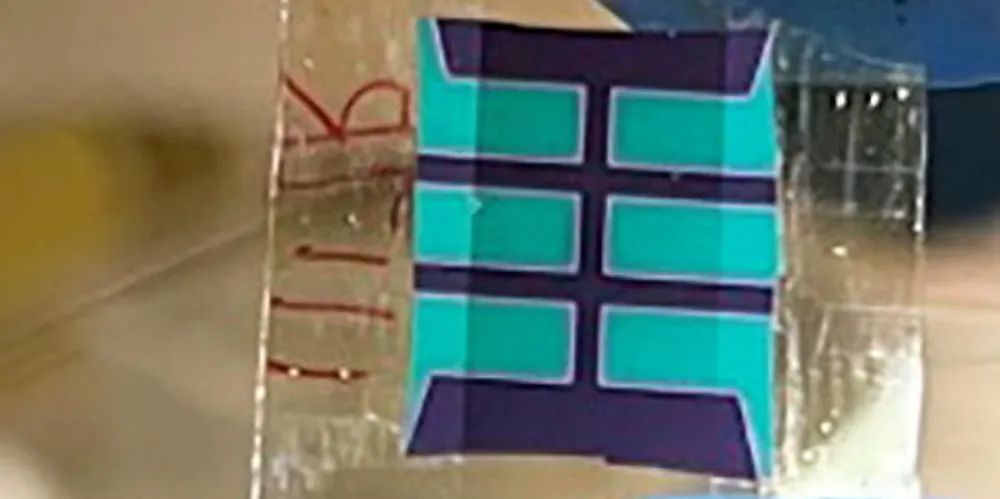'A fifth more power': two-sided next-generation cells could send solar output soaring
Bifacial perovskite-based devices show promise compared to current one-sided options, say US researchers

Bifacial perovskite-based devices show promise compared to current one-sided options, say US researchers
